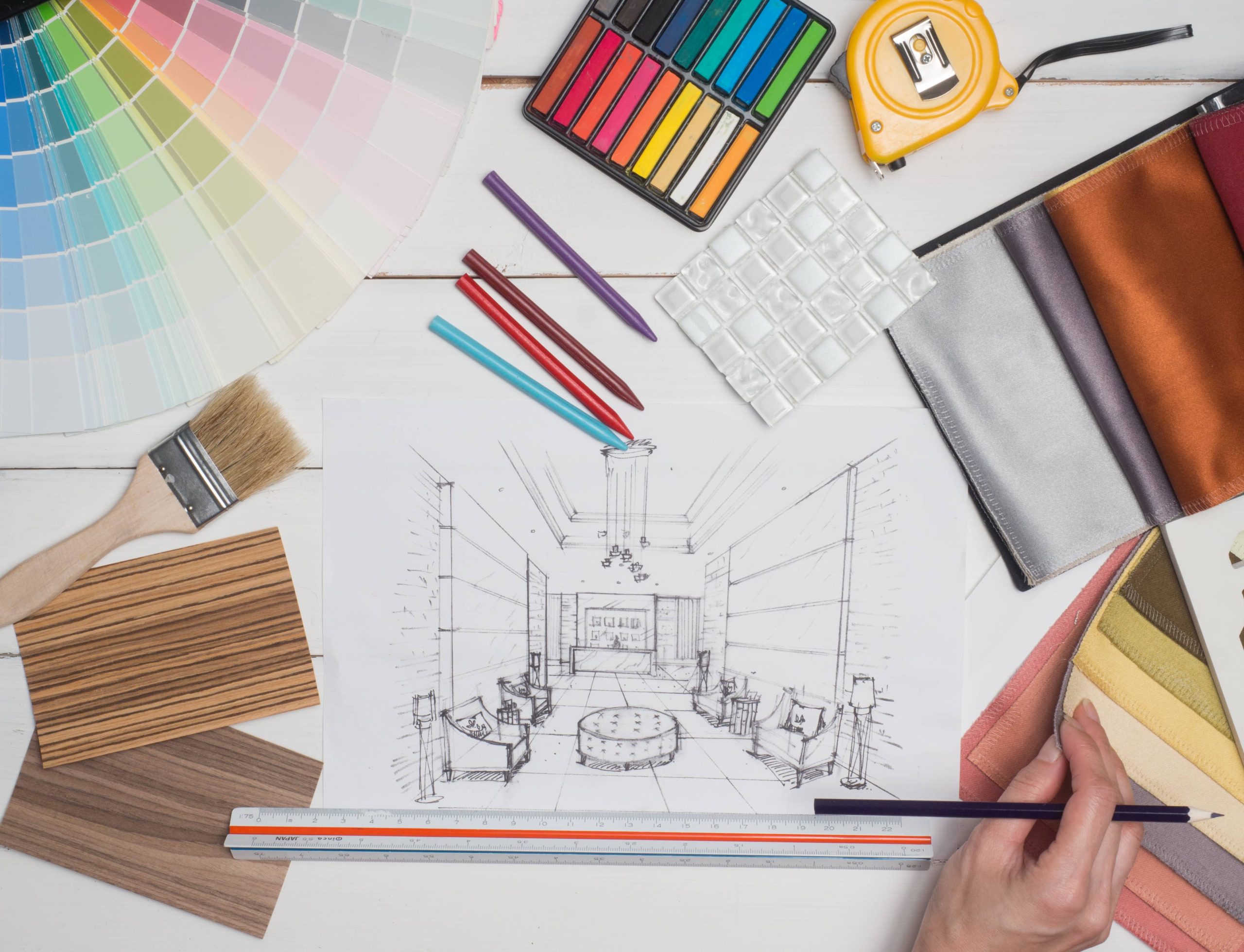
Creating storage can sometimes feel like an overwhelming task, especially when you have limited space. However, with a dash of creativity and the right approach, you can transform any corner into a functional and aesthetically pleasing space. Shelving is one of the most versatile solutions for organizing your home, offering both practicality and the opportunity to express your design taste. Below, I’ve compiled some creative DIY shelving solutions that are perfect for any room in your house.
Embrace the Floating Shelves Trend
Floating shelves are a fantastic way to add storage without sacrificing floor space. Their seamless design gives any room a modern touch while efficiently holding books, décor, or kitchenware. To make your own, you’ll need wooden boards, wall brackets, screws, and a level.
Steps:
1. Measure and cut the wooden boards to your desired length.
2. Paint or stain the boards to complement your existing décor.
3. Use a level and a pencil to mark where you will attach the brackets on the wall.
4. Secure the brackets into the wall studs to ensure they support weight.
5. Attach the boards onto the brackets.
Floating shelves are versatile and can be used in the living room to display artwork or in the kitchen to hold spices for easy access.
Repurpose Old Ladders
Ladders aren’t just for reaching high places—they can also be transformed into unique shelving units. Their tiered design offers a charming way to store and display items, especially in rustic or farmhouse settings.
DIY Ladder Shelving:
1. Sand down an old, wooden ladder to remove any rough edges.
2. Apply a coat of paint or wood finish.
3. Lean the ladder against a wall or secure it using brackets for added stability.
This solution is ideal for bedrooms or bathrooms where you can hang towels or showcase plants and books. Opt for a vintage ladder for an authentic feel or distress a newer one for a more weathered appearance.
Crate Shelves for a Rustic Touch
Wooden crates are another versatile material that can be transformed into shelves. They blend functionality with style and are perfect for creating storage with a rustic or industrial feel.
Creating Crate Shelves:
1. Select several wooden crates—new or repurposed.
2. Sand and paint or stain them to match your room’s color scheme.
3. Arrange the crates into a pattern—stacked vertically or horizontally—and secure them together.
4. Mount the crates onto the wall for stability.
Crate shelves can be used in the entryway for shoes, in the office for supplies, or in the kitchen for fresh produce. Their modular nature means you can easily expand or rearrange as your storage needs change.
Pegboard Display Shelves
Pegboards aren’t just for garages; they are a flexible storage and display option that can be incorporated into any room. With a pegboard, you can easily rearrange the shelves, hooks, and other accessories to suit your changing needs.
Steps to Create Pegboard Shelves:
1. Purchase a pegboard in your preferred size and paint it to match your room.
2. Install the pegboard on the wall using heavy-duty anchors or screws.
3. Fit pegboard hooks into the holes, allowing you to add and adjust shelving or hooks as required.
This system works excellently in the kitchen to hold cooking tools or in a child’s playroom to store art supplies where each item can have its own designated spot.
Pipe Shelving for an Industrial Edge
If you’re drawn to an industrial aesthetic, consider using plumbing pipes for your DIY shelving project. The combination of metal and wood can create a striking look, blending functionality with raw charm.
Creating Industrial Pipe Shelves:
1. Gather lengths of galvanized or black iron pipes, flanges, and elbows.
2. Attach the flanges to the wall using screws.
3. Assemble the pipes into a framework for the shelves.
4. Use wooden boards for the shelves and place them onto the pipe framework.
This type of shelving is perfect for a home office or living room, where it can support books and electronics.
Corner Shelving Units for Space Maximization
Corners are often overlooked when it comes to storage, but they provide an excellent opportunity for adding more shelving without occupying additional space. Creating a corner shelving unit can utilize this often-neglected area.
Steps to Build Corner Shelves:
1. Cut wooden boards into triangular shapes to fit into the corner.
2. Sand and paint the boards.
3. Secure L-brackets to the wall where the shelves will be installed.
4. Fit the shelves onto brackets.
Corner shelves serve well in tight spaces, such as bathrooms or small kitchens, providing ample space for essentials without overwhelming the area.
Final Touches
After installing your new shelving, take some time to style them. Add a mix of books, greenery, art pieces, or personal memorabilia to create a curated and personal display. Always consider balance, ensuring no shelf appears overcrowded or too sparse.
In conclusion, DIY shelving is a powerful way to enhance your home, providing both storage and a creative outlet. From floating shelves to pegboards, the possibilities are endless, allowing you to tailor solutions to fit any room. What’s more, these projects are not only cost-effective but also add a personal touch to your home’s décor, making it uniquely yours. Happy DIY shelving!













